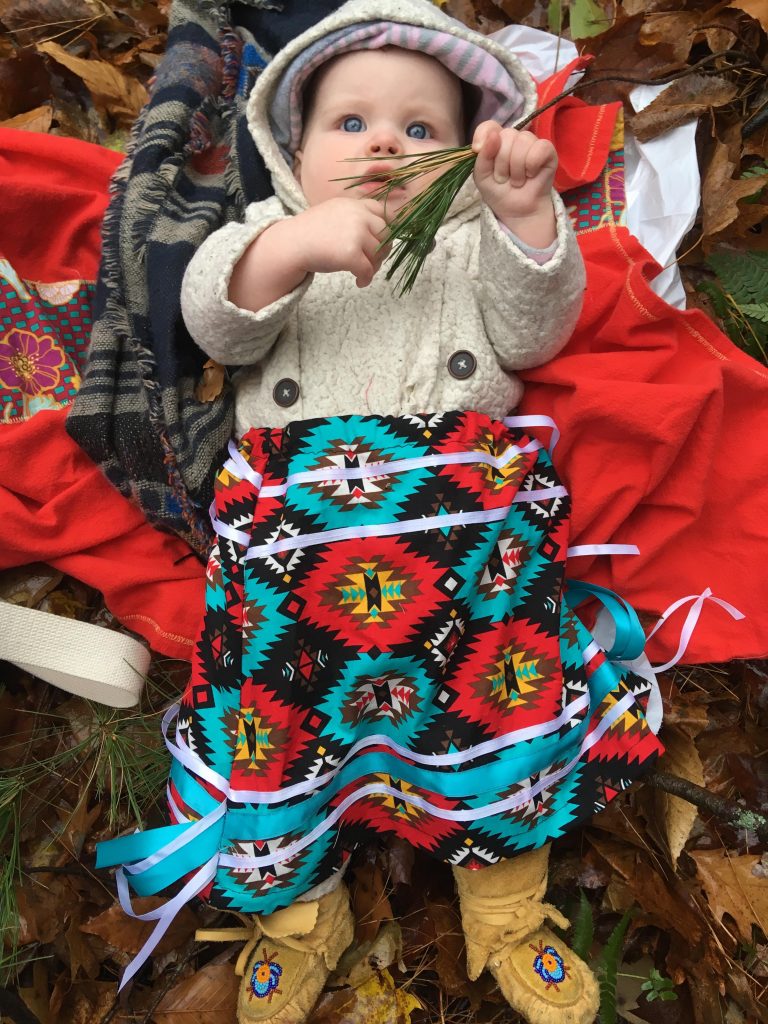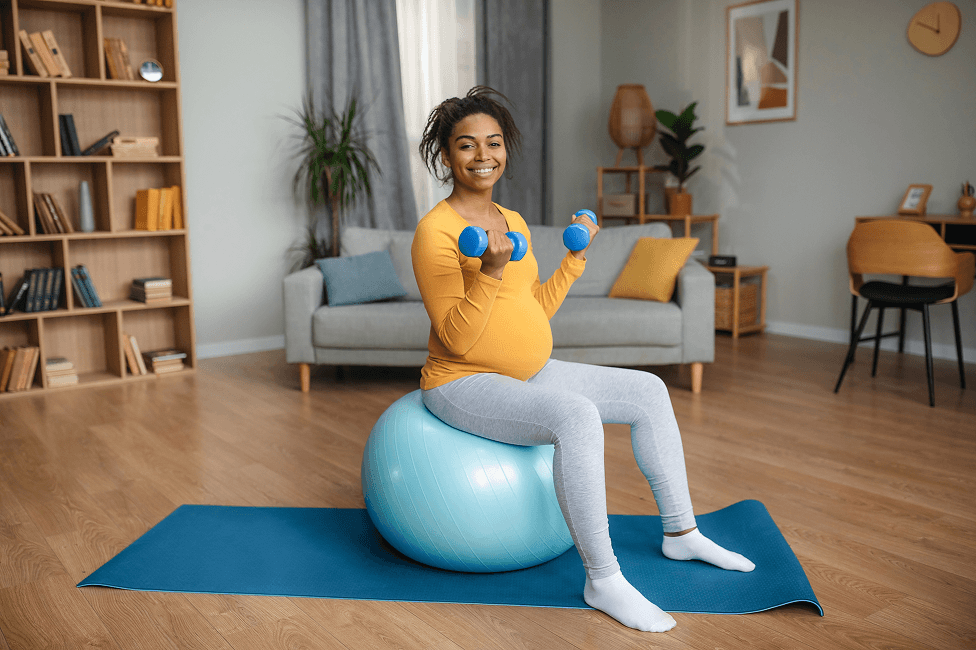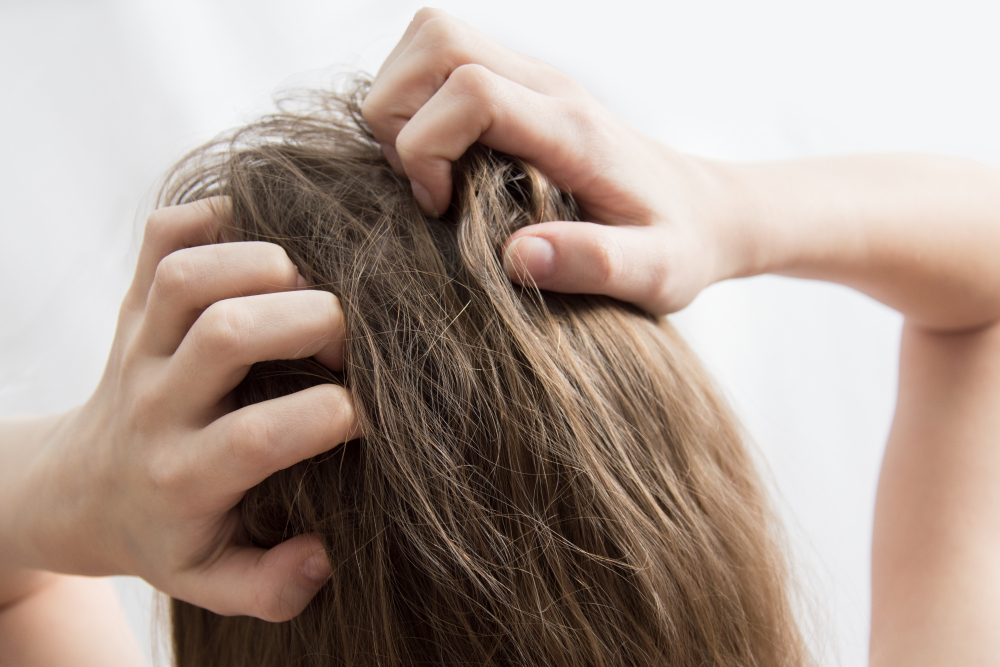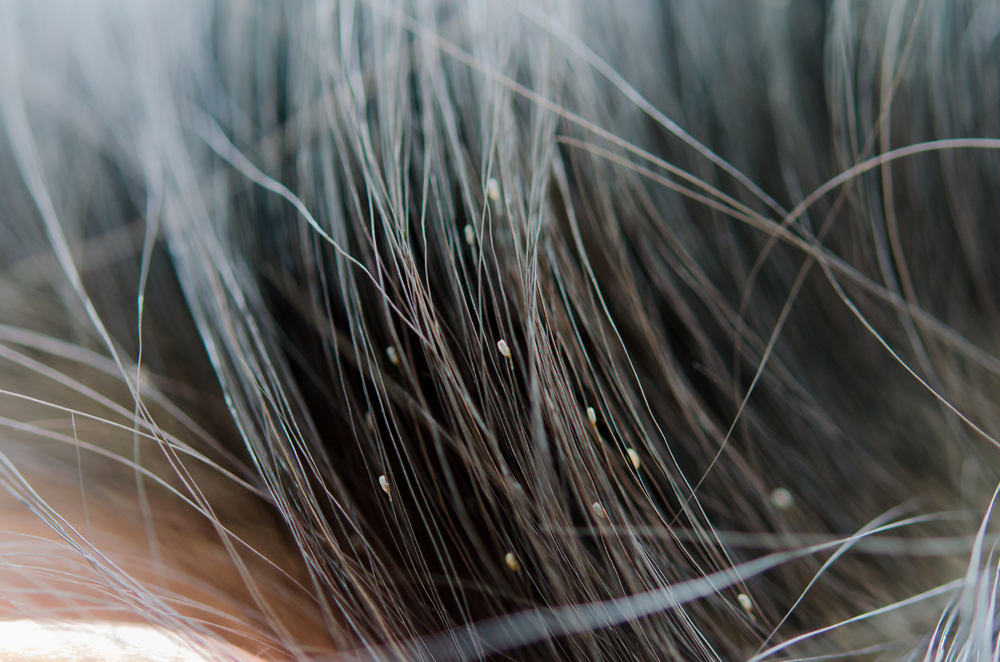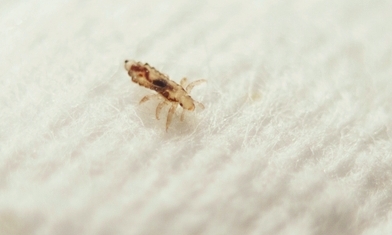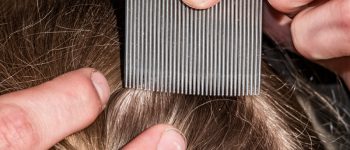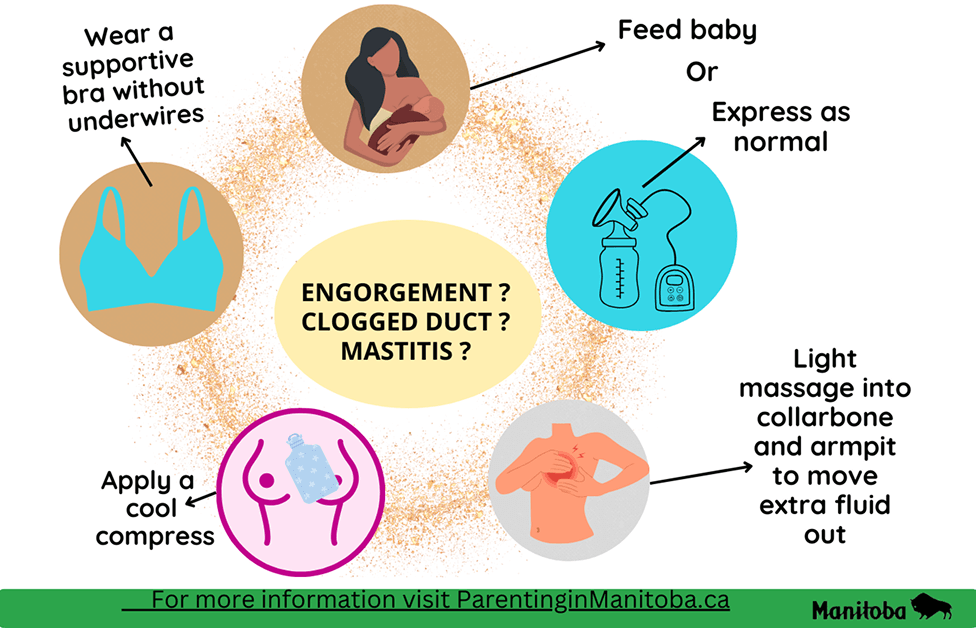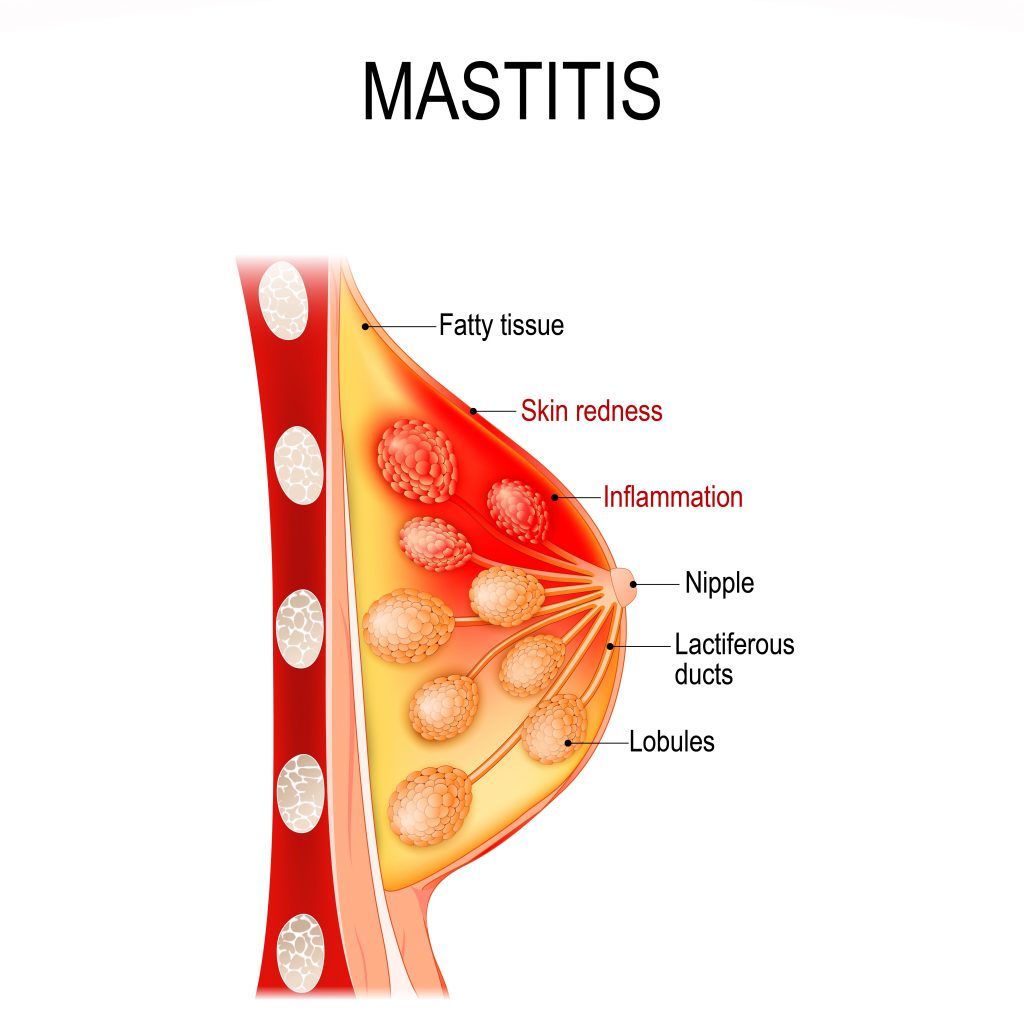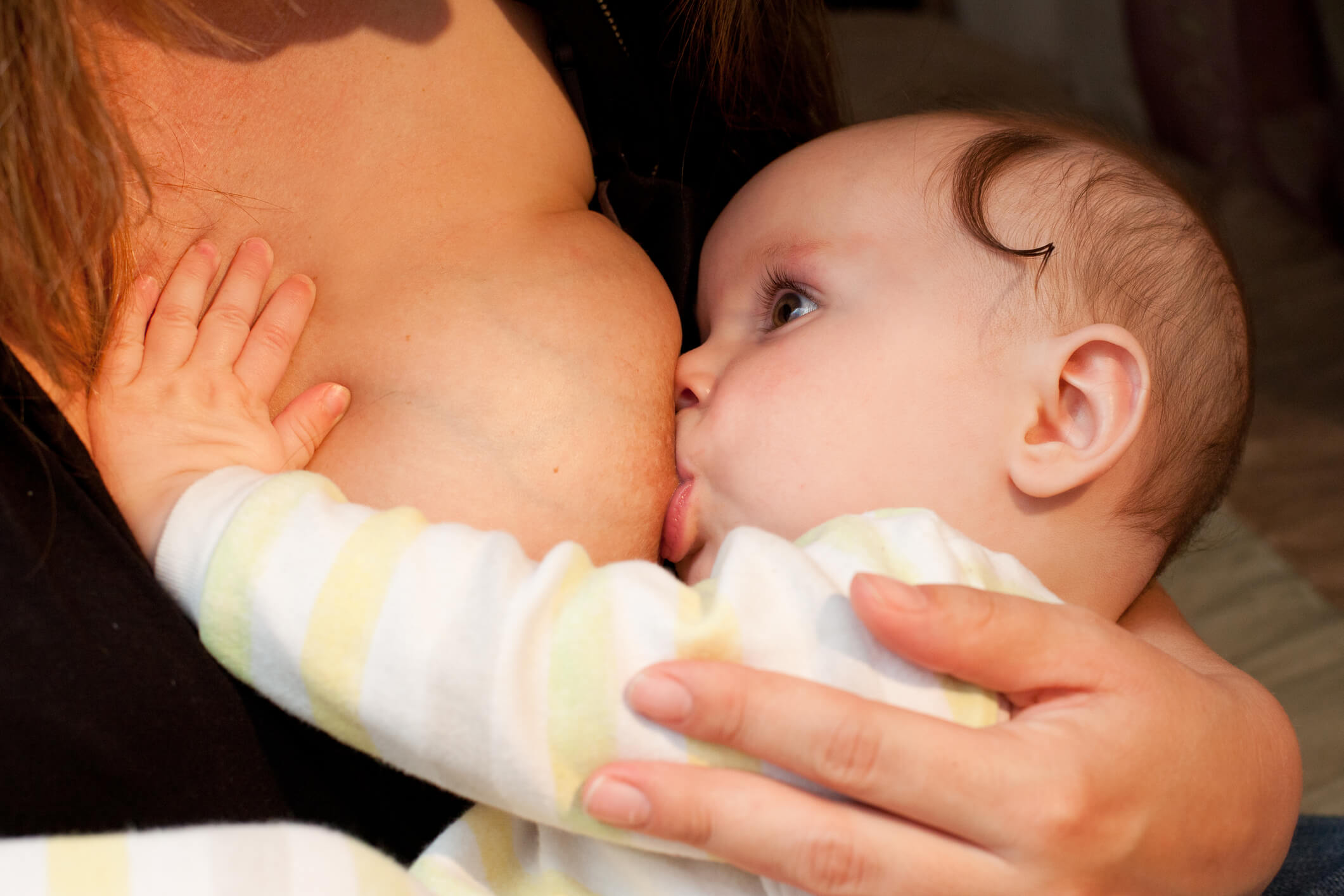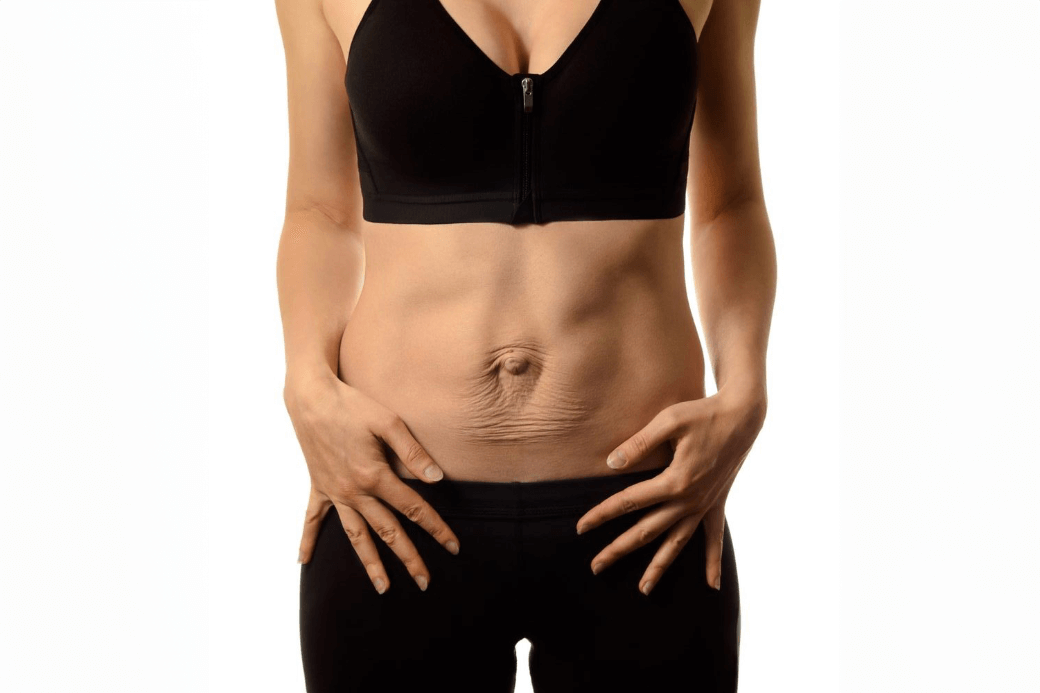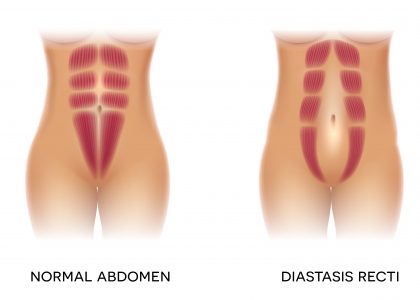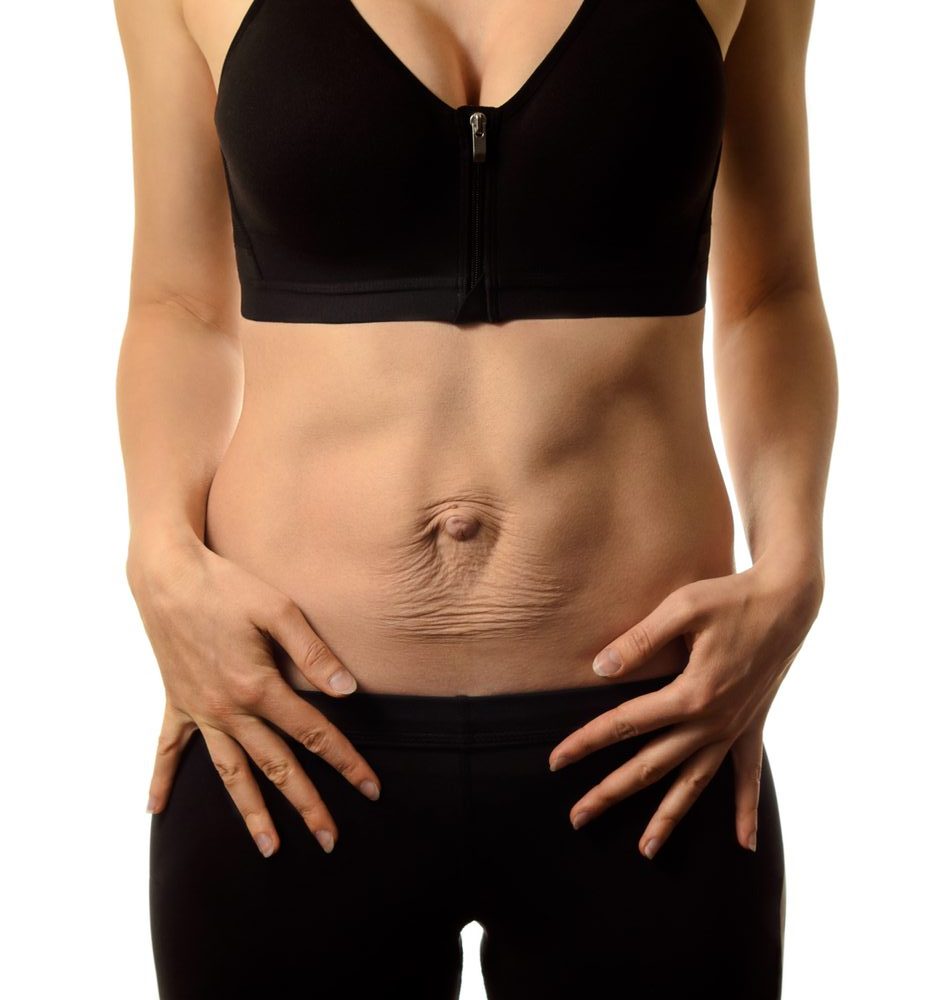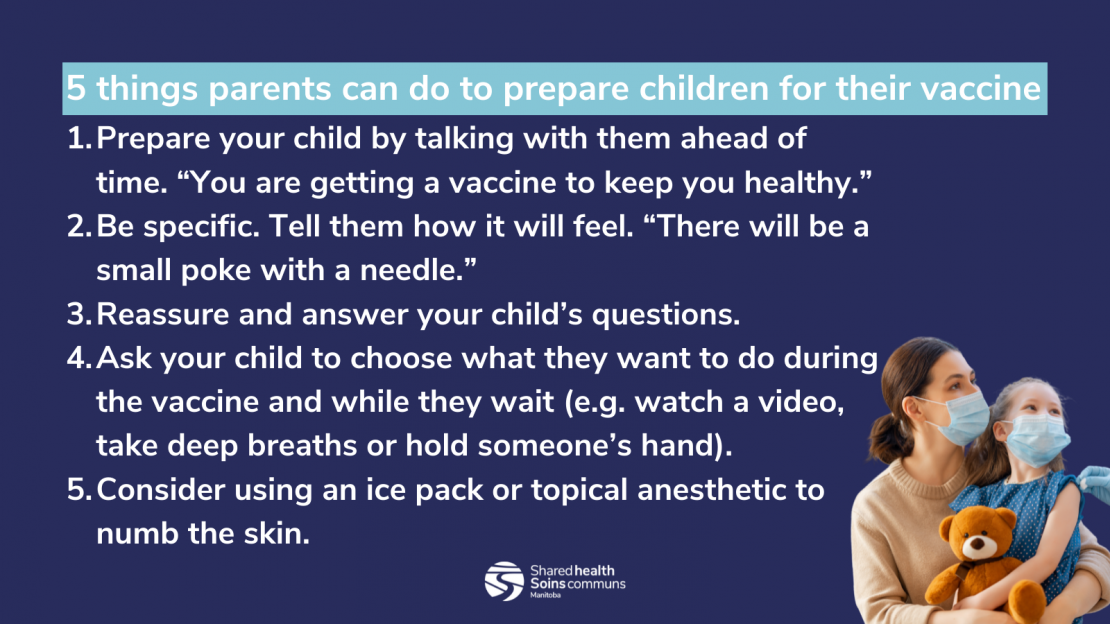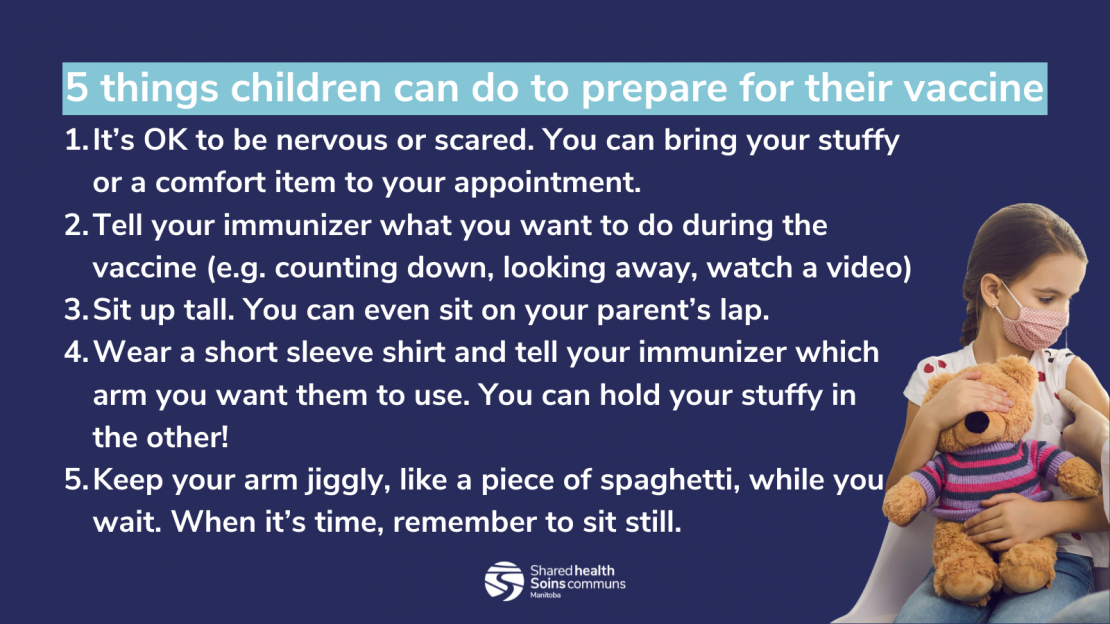The following programs and resources can offer support to you and your family during and after your pregnancy. These programs do not replace the care provided by your doctor or midwife.
Healthy Baby Programs
Healthy Baby Community Support Programs help pregnant people and new parents connect with other parents, families and health professionals. Healthy Baby group sessions offer information, support and resources on prenatal and postnatal nutrition and health, breastfeeding/chestfeeding, parenting tips and lifestyle choices.
Breastfeeding/Chestfeeding Support
If you have questions about breastfeeding/chestfeeding see our section on breastfeeding/chestfeeding, call your local public health nurse (PHN), or contact:
Breastfeeding Hotline:
- call 204-788-8667 (in Winnipeg) or toll free 1-888-315-9257 (outside Winnipeg)
- available 24 hours a day, seven days a week
Winnipeg La Leche League
- Offers support and education by phone and through groups.Call: 204-272-0238
Nutrition
Dial-a-Dietitian
If you have a nutrition or food question, call Dial-a-Dietitian Manitoba at 204-788-8248 in Winnipeg or 1-877-830-2892.
Health
Health Links-Info Santé
- Call Health Links-Info Santé 204-788-8209 (in Winnipeg); toll free 1-888-315-9257. You can speak to a nurse 24/7, 365 days of the year in over 100 languages. They can answer your health questions and help you find health services in your community.
Family Doctor Finder
If you are looking for a health care provider in Manitoba, Family Doctor Finder can help you find one.
Medical Navigator is an online booking system that allows you to book an appointment with participating clinics in Manitoba.
Manitoba Poison Centre
- Provides information and treatment recommendations on poisoning and suspected poisoning.
- Open 24 hours a day, seven days a week
- Toll-free line: 1-855-776-4766.
LGBT2SQ+
Rainbow Resource Centre (RRC) offers support to the LGBT2SQ+ (Lesbian, Gay, Bisexual, Transgender, Two Spirit, and Queer+ Communities) community in the form of counselling, education, and programming for individuals ranging from children through to 55±. It also supports families, friends, and employers of LGBT2SQ+ individuals.Phone: (204) 474-0212Toll-Free: 1 (855) 437-8523
Dad Central Canada
“Dad Central Canada is a network focused on promoting Father Involvement in Canada. Dad Central Canada works to help men understand what an invaluable and irreplaceable role they play in the development and lives of their children”. Click here to see all their great resources.
Financial Support
Get Your Benefits!
This booklet lists federal, provincial and regional benefits and programs individuals and families living in Manitoba may be eligible for. Includes information on income tax filing, employment, income assistance, financial counseling and more.
Manitoba Prenatal Benefit
If you are pregnant, live in Manitoba and have a net family income of less than $32,000 a year, the Manitoba Prenatal Benefit can provide you with a monthly cheque to help you buy healthy foods during pregnancy.
Canada Child Benefit
This is a tax-free money from the government to help support your child under age 18. To get the Canada Child Benefit, you have to file your income tax return every year, even if you did not have income in that year. If you have a spouse or common-law partner, they also have to file a tax return every year.
Canada Education Savings Programs
The Government of Canada can help you save for your children’s education after high school by putting money into a Registered Educations Savings Plan (RESP). RESPs can be used to pay for expenses for trade school, college, university, or apprenticeship programs. If your child is born after 2004, they may be eligible to receive the Canada Learning Bond (CLB). The CLB provides an RESP of up to $2,000 to children from low- and modest-income families and no personal contributions are required.
General Information
211 Manitoba
A searchable online database of government, health, and social services that are available across the province. Services are grouped together into categories that include food and clothing, housing and homelessness, health, mental health, employment, newcomers, children and parenting, and youth.



